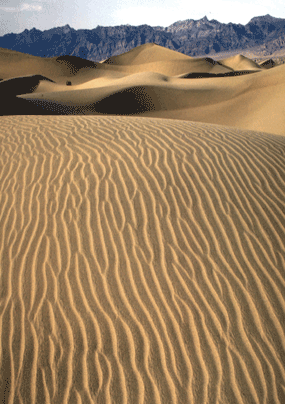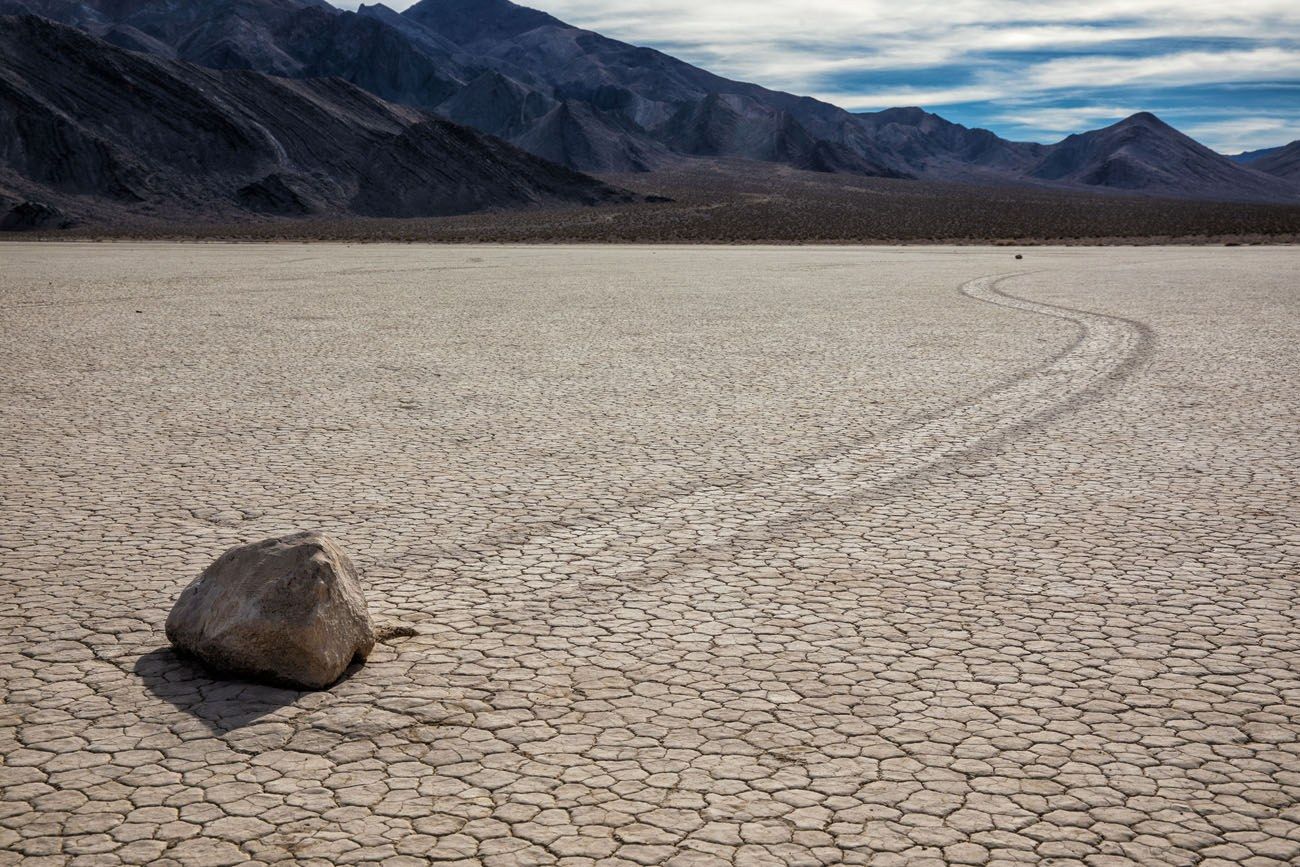Death Valley Dunes
Racetrack Playa
This area is located on a very flat dry lake bed burrowed in-between
two mountain ranges. This dry lake bed has flashes of life when heavy rain-washed
water down from the surrounding mountains forming a very shallow lake. This
water then evaporates and leaves that cracked texture you see in the pictures. The
thing that makes this place so interesting is the mysterious moving of rocks in
this lake bed. There are rocks that have slid as much at 2900 ft. Yet no person
has every seen these rocks move. My question is where do the rocks that slide
actually come from in the pictures, I have seen it doesn’t seem to have an abundance
of rocks.
Split Cindercone
Less than 300,000 years ago magma filled a chamber
underneath the earths crust. That magma began to rise up taking advantage of
weaknesses found in the crust. Once it made its way out it created a fiery
eruption sending molten basalt everywhere. Mu question is if this volcano is
still active or has the chance to become active again. I also would like to
know the rock types found around the cone.



No comments:
Post a Comment